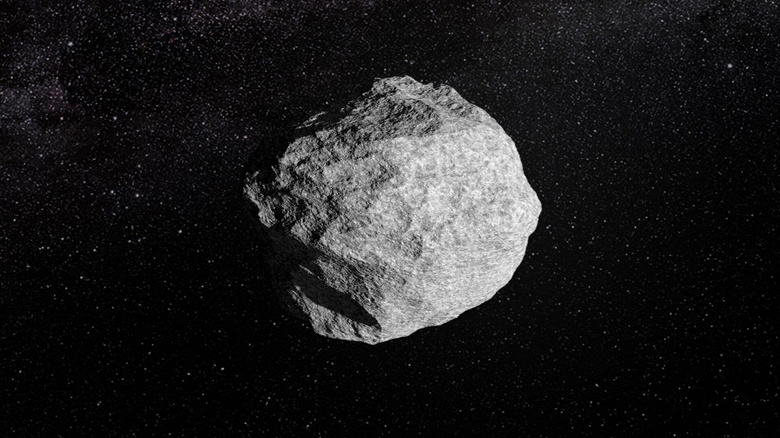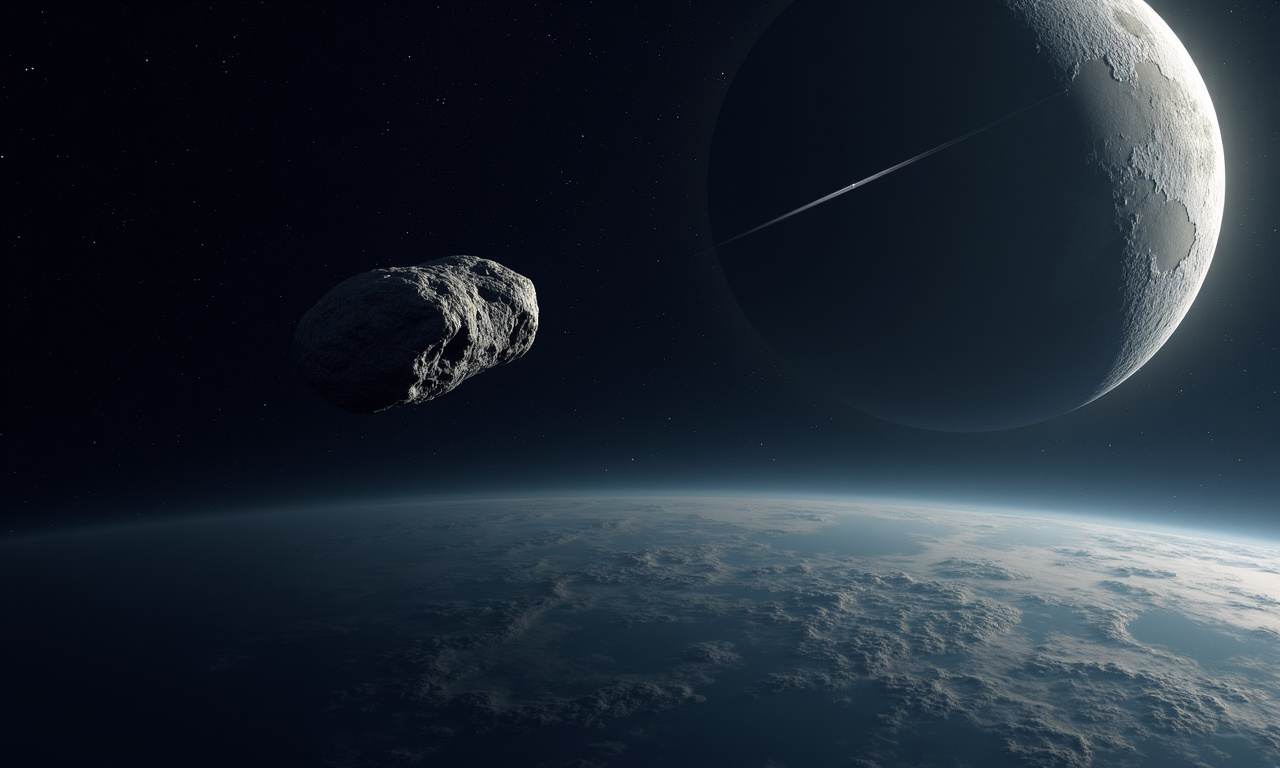The asteroid 2024 YR4, discovered in late December 2024 by the ATLAS telescope system in Chile, has once again drawn the attention of scientists. Initially, it caused concern due to a small probability of collision with Earth-up to 3.1%, which briefly made it the most dangerous known near-Earth object. However, new calculations from NASA’s Near-Earth Object Studies Center at the Jet Propulsion Laboratory (JPL) indicate that Earth is safe, but the Moon might be on the asteroid’s path. According to updated data, the probability of 2024 YR4 impacting the Moon in December 2032 is 4.3%. On December 22, the asteroid will pass at a distance of about 0.00007 astronomical units (AU) from the Moon-this is less than 6,500 miles, which is considered an extremely close approach. By comparison, 1 AU is about 93 million miles.

The asteroid is approximately 60 meters in diameter, with an error margin of ±7 meters, determined through observations by the James Webb Space Telescope (JWST). It belongs to the type S asteroids-rocky bodies with an albedo of 8-18%. Such a size corresponds to an impact energy equivalent to approximately 6.5 megatons of TNT and can create a crater about one kilometer in diameter. If the 2024 YR4 impacts the Moon in 2032, it will be the largest impact in the last about 5,000 years, note the authors of the study. The main danger, however, is not the crater itself, but the consequences for space infrastructure.
Up to 108 kilograms of lunar material could be ejected upon impact, scientists estimate. This means that some debris might reach Earth, creating spectacular meteor showers. Ejected particles ranging from 0.1 to 10 millimeters could create a meteoroid stream equivalent to years of background satellite radiation in a short period. In certain scenarios, the instantaneous flow could exceed the normal background by 10-1,000 times, posing a threat to astronauts, the ISS, the lunar orbital complex Lunar Gateway, and satellites in Earth orbit. Scientists emphasize that an impact on the Moon will not affect its orbit but does require the expansion of planetary defense systems beyond near-Earth space.
The next opportunity to refine the asteroid’s trajectory will be in the first half of 2026, when 2024 YR4 enters the JWST’s field of view again. According to Dr. Andrew Rivkin from Johns Hopkins University, there is an 80% chance that new observations will reduce the chances of a lunar impact below 1%, but there is also a 5% chance they might increase above 30%. NASA is already considering possible response measures, including using a nuclear charge to deflect or destroy the asteroid if needed.







